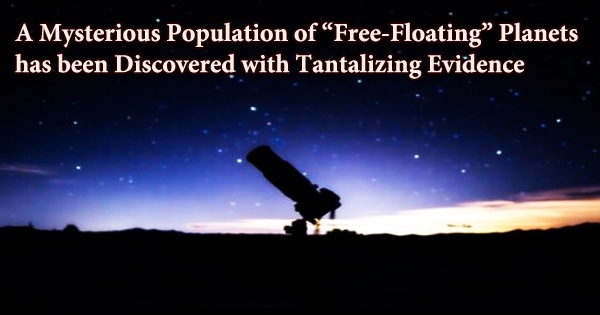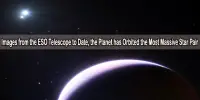A small, compact source hidden in a void in the disk encircling a newborn star has been found by astronomers. They think it is a young planet that is expanding.
Few vantage points into the evolutionary development of solar systems like our own are provided by protoplanetary systems. We already know, based on a wealth of facts and theoretical predictions, that solar systems first exist as enormous clouds of interstellar gas that later compress and start to revolve. The swirling gas eventually flattens out into a disk, and planets start to form around a central core.
While we are quite knowledgeable about the big picture, we lack knowledge on the specifics of planet formation, particularly the distinctions between inner rocky planets and outer massive worlds. So, the more firsthand observations we can gather of protoplanetary systems, the better.
It’s unfortunate that the creation of planets takes millions of years, so we can’t just stare at one system and watch it change in front of our very eyes.
Or can we?
A team of astronomers have released a series of observations going back almost a decade of the system called HD169142. When it appears face on from our field of vision, this system has an extremely fortunate alignment that allows us to see the entire system. The solar system is a disk that is creating planets.
Earlier investigations had already discovered a gap in the disk that resembled a ring, located around 37 AU from the star at the center. Follow-up observations discovered a small object embedded in that gap. The crew made numerous observations over a number of years and discovered that the tiny, compact object was in motion.
The team argues that they are watching a baby planet move around a star. The light source’s velocity matches the typical Keplerian motion of a planet around a star, which leads experts to conclude that it is a planet. Second, the gap’s edges are very bright, which is consistent with theoretical predictions in which a planet’s gravity has carved out a hole in the disk.
In the disk, the team has also noticed spiral-shaped structures extending from the breach. This is also what theoretical calculations based on the planet’s gravitational pull on the rest of the disk predict.
Scientists think that this protoplanet, which is still forming, has a mass that is similar to that of Jupiter. More gas is probably funneling onto the planet from the surrounding disk in addition to the gas that has already gathered on it and been cleaned out of its ring.
Although we lack the observational tools to tell if other planets are forming inside the disk, further research into this young system may help us understand how planets like our own Jupiter form.
















